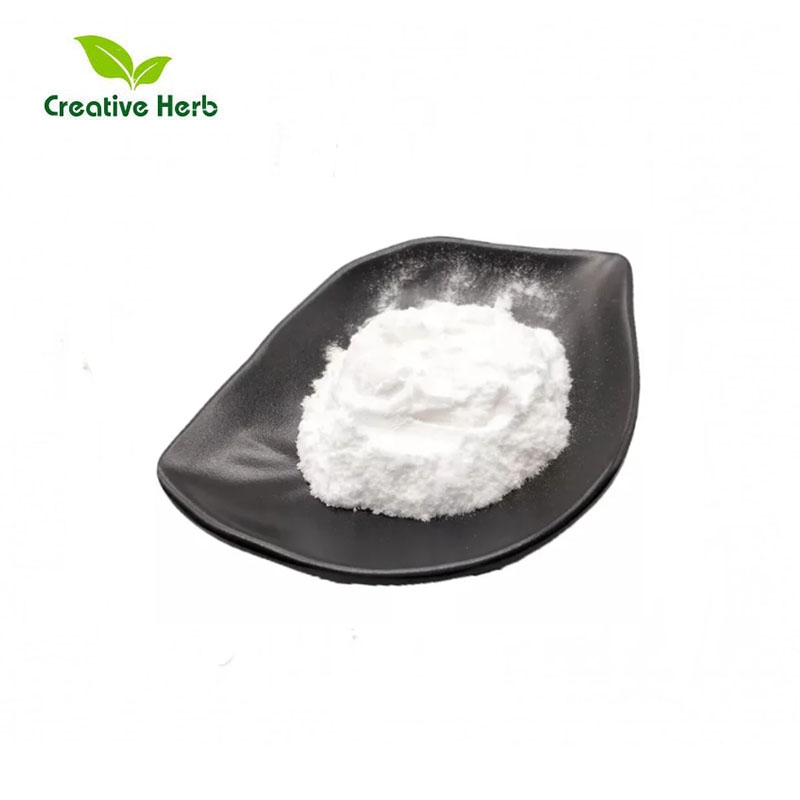FASEB J: lipid binding domain may be the next target for cancer treatment!
-
Last Update: 2019-04-30
-
Source: Internet
-
Author: User
Search more information of high quality chemicals, good prices and reliable suppliers, visit
www.echemi.com
April 30, 2019 news / bioin / - normal cells have a complex balance system to regulate cell division In cancer, the balance tends to be cell proliferation This imbalance is caused by an increase in the level or activity of oncoproteins (proteins that promote cell growth) or a decrease in the level or activity of oncoproteins (proteins that limit cell growth) For example, in normal cells, tumor suppressor protein phosphatase 2 (PP2A) controls cell growth, migration and immortality to control cell growth Some cancers, such as lung cancer, contain higher levels of oncoprotein, named Su (VaR) 3-9, enhancer of zeste, trithorax (set) Set can be combined with PP2A to inhibit the normal function of PP2A, resulting in the loss of tumor growth checkpoint Photo source: FASEB J, from the University of South Carolina Medical School and the researchers studying lipid signaling in cancer biology (musc), studied the details of the molecular relationship between set and PP2A and how sphingolipid ceramide interacts with set to regulate its function Sphingolipid ceramide is a ubiquitous component of cell membrane and an important signaling lipid Their research results were recently published in the FASEB Journal They found a specific groove in the shape of set protein, which provides a comfortable fit point for ceramide, which can promote the release of set from PP2A and restore the growth inhibition function of PP2A "This is the first time we've used structural biology to understand how lipids bind to proteins," said Dr besim ogletmen, co-author of this study, researcher at Hollins Cancer Center (HCC), host of the HCC development cancer treatment research project, and professor of Biochemistry and molecular biology at musc The shape of the ceramide set interface is difficult to determine by X-ray crystallography, so ogletman and his team worked with the core members of musc's nuclear magnetic resonance (NMR) to overcome this obstacle This work identified the key amino acids in the set protein in contact with ceramide, thus determining a lipid binding domain Further studies have shown that fingolimod, an FDA approved immunosuppressive drug, can also bind to this lipid binding domain This structural analysis represents a key step in the precise treatment of cancer "Using NMR guided research, you can learn how to really target cancer proteins," ogletmen said Through these studies, you can also understand how targeted oncoproteins cause cell death " It is this technology that makes ogletmen study the interaction between set and PP2A PP2A is a complex enzyme composed of three components, each of which has many subtypes This means that there can be hundreds of different combinations of PP2A in the same cell Generally, it is believed that all PP2A subtypes act in the same way or they are redundant Interestingly, however, this study shows that the way PP2A works is more complex than previously thought "We have learned that there is a specific subtype of PP2A that can be targeted by set oncoprotein," ogletmen said When we release this oncoprotein from PP2A via ceramide or fengomod, we find that a specific subtype of PP2A is activated " In cancer cells, set binds to a specific subtype of PP2A to inhibit the anti-tumor function of PP2A The combination of fengomod and set can prevent the combination of set and PP2A, so that PP2A has activity and kills cancer cells Although there are many subtypes of PP2A, ogletman believes that the subtypes identified by his team may be selectively regulated by set, which may then regulate other PP2A subtypes Reference: Ryan M De Palma et al, the NMR based characterization of the fty720-set complex reforms an alternative mechanism for the attachment of the entrepreneurial set-pp2a interaction, the FASEB Journal (2019) Doi: 10.1096/fj.201802264r
This article is an English version of an article which is originally in the Chinese language on echemi.com and is provided for information purposes only.
This website makes no representation or warranty of any kind, either expressed or implied, as to the accuracy, completeness ownership or reliability of
the article or any translations thereof. If you have any concerns or complaints relating to the article, please send an email, providing a detailed
description of the concern or complaint, to
service@echemi.com. A staff member will contact you within 5 working days. Once verified, infringing content
will be removed immediately.







